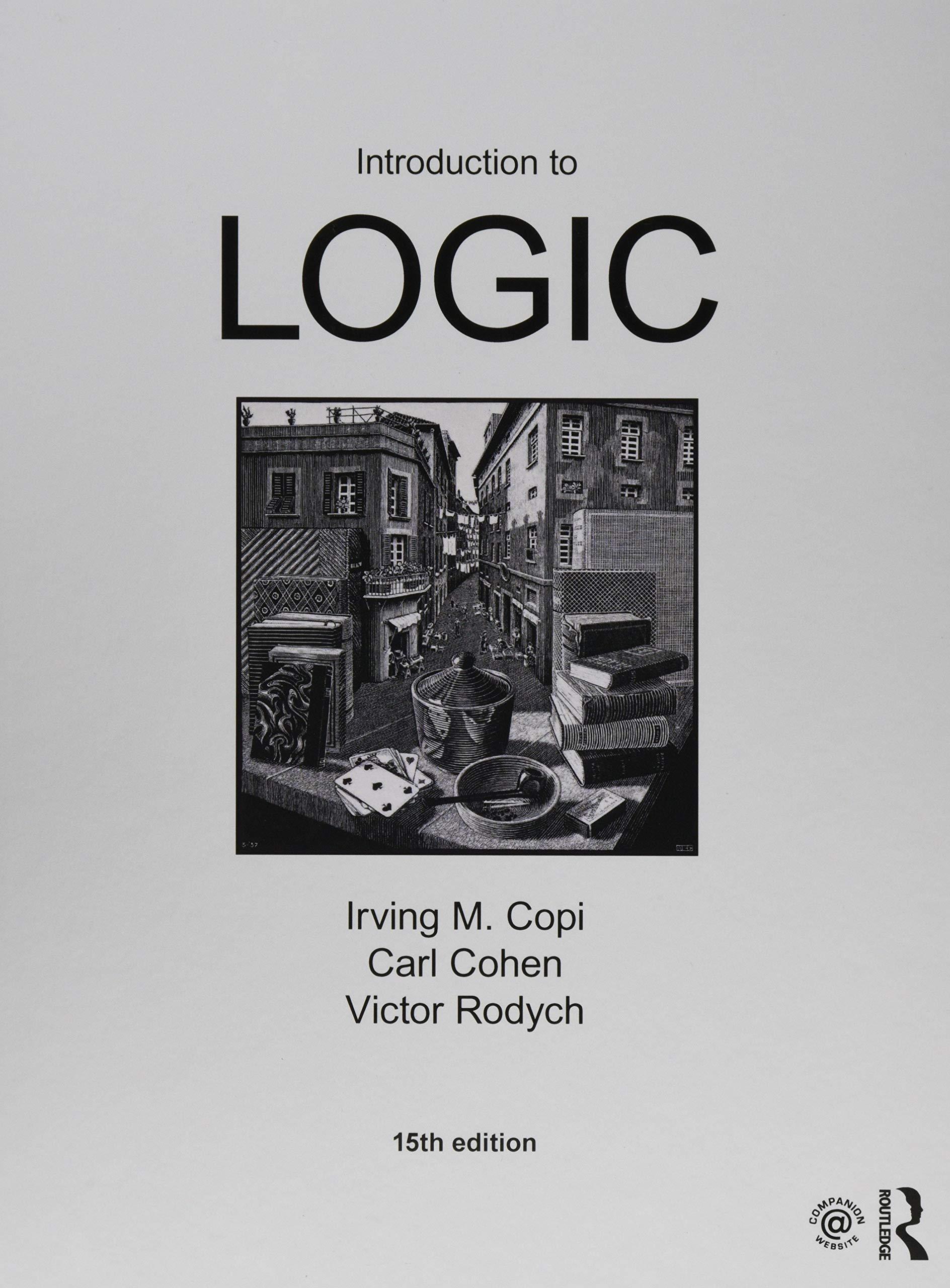In each of the following passages, a. What data are to be explained? b. What hypotheses are
Question:
In each of the following passages,
a. What data are to be explained?
b. What hypotheses are proposed to explain them?
c. Evaluate the hypotheses in terms of the criteria presented in Section 13.3, pp. 564–566.
A small study of heart-disease patients testing a hypothesis so improbable that its principal investigator says he gave it a one-in-10,000 chance of succeeding has found that just a few treatments with an experimental drug, developed by Esperion Therapeutics of Ann Arbor, Michigan, reversed what may be the equivalent of years’ worth of plaque in coronary arteries.
Forty-seven heart attack patients were randomly assigned to be infused with either a concentration of a substance that mimics high density lipoprotein (or HDL, the substance that removes cholesterol from arteries) or to be infused with an inactive saline solution, which served as a control.
After 5 weekly infusions those who got the experimental drug had a 4.2-percent decrease in the volume of plaque in their coronary arteries, while those who had saline infusions had, if anything, a slight increase in their plaque. “Until now,” said Dr. Steven Nissen, a cardiologist at the Cleveland Clinic who directed the study, “the paradigm has been to prevent disease by lowering bad cholesterol (LDL). If you get the bad cholesterol low enough, the plaques don’t build up in the artery walls. This experiment says you can also remove the disease in the wall of the artery.”
—Reported in the Journal of the American
Medical Association , 5 November 2003
Step by Step Answer:

Introduction To Logic
ISBN: 9781138500860
15th Edition
Authors: Irving M. Copi, Carl Cohen, Victor Rodych





